What Is the Three-Hour and Four-Hour Tarmac Rule?
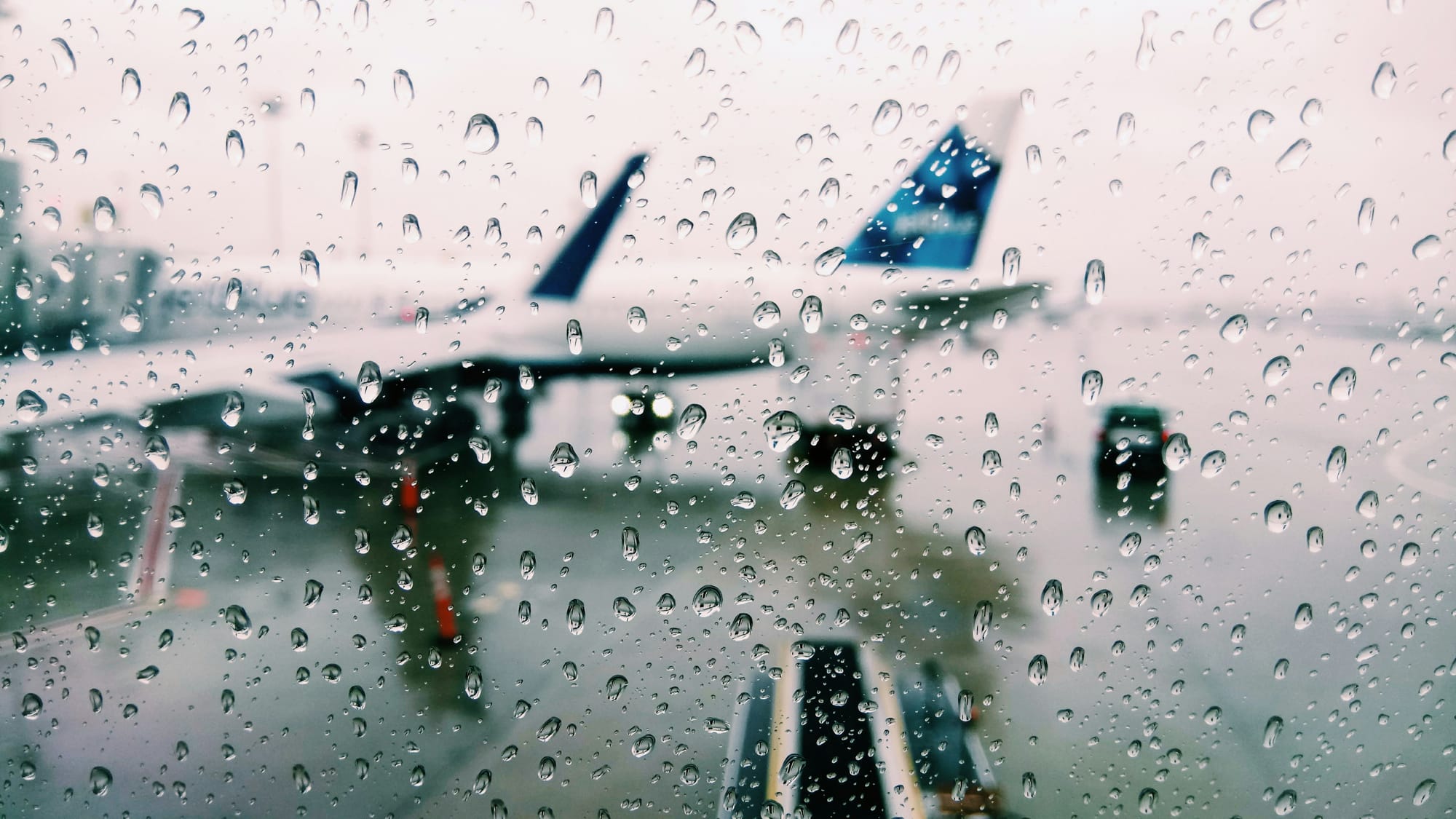
In 2011, the air travel landscape was marred by harrowing tales of passengers stranded on tarmacs for hours on end, enduring dehydration, discomfort, and simmering frustration. This outcry spurred the creation of the Enhancing Airline Passenger Protections rule, more popularly known as the Three-Hour and Four-Hour Tarmac Rule. This regulation aimed to safeguard passengers by establishing clear limits on tarmac delays.
A Shield Against Prolonged Discomfort
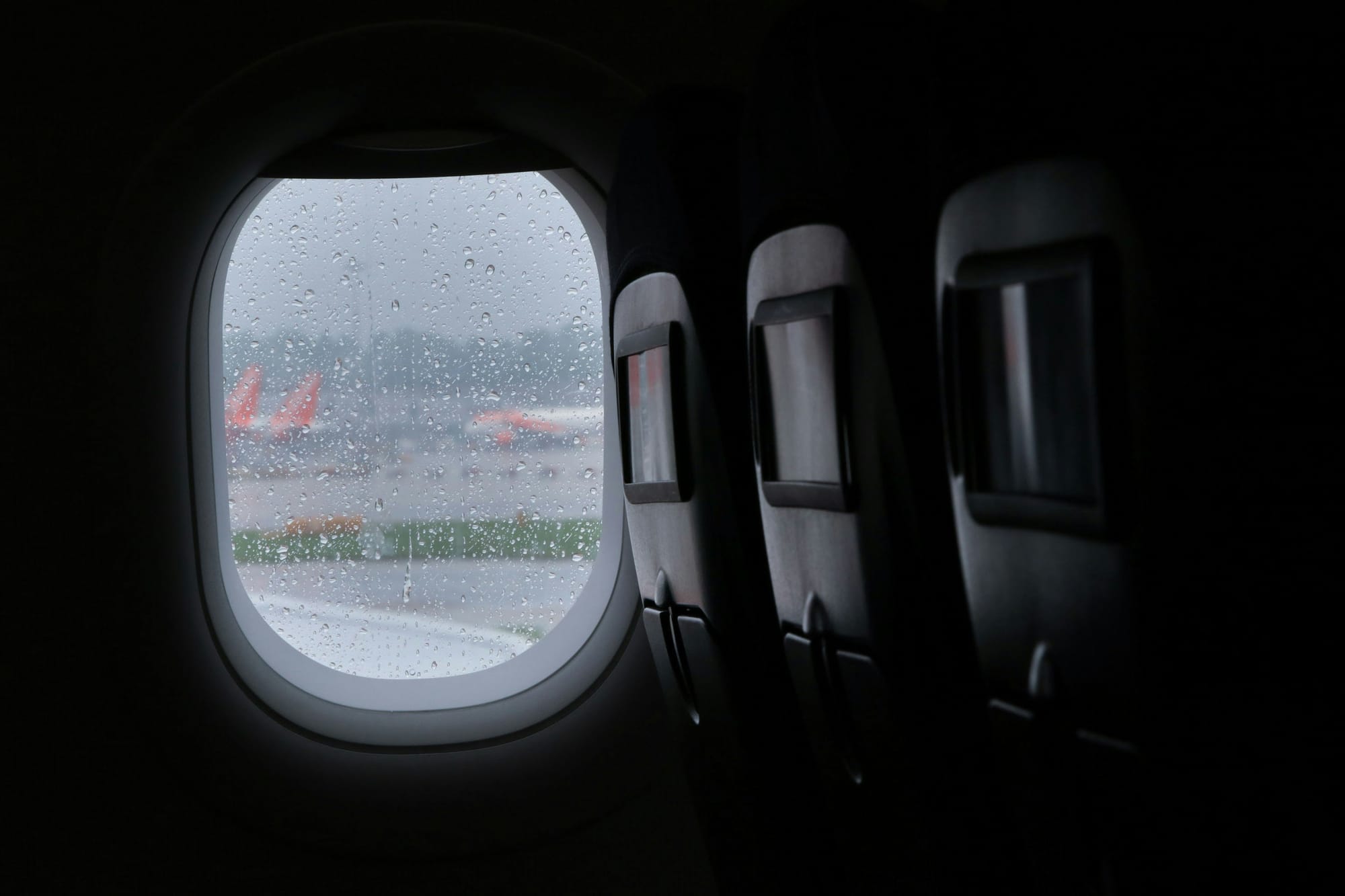
The rule mandates that airlines operating within the US cannot leave passengers on the tarmac for more than 3 hours for domestic flights, or 4 hours for international flights, without offering the opportunity to deplane. This seemingly simple provision addresses several crucial aspects of passenger well-being:
- Basic Needs: Imagine being confined in a metal tube for hours, with limited access to food and water. The rule mandates airlines to provide these provisions within 2 hours of the delay starting (unless safety or security concerns arise), mitigating dehydration, hunger, and other discomforts that can arise from prolonged delays.
- Health Concerns: Prolonged sitting in a confined space can lead to medical issues, especially for passengers with pre-existing conditions. The rule aims to limit this risk by enabling access to proper facilities and reducing the chance of health complications due to extended immobility.
- Minimizing Frustration: Delays are inherently frustrating, but tarmac ordeals exceeding hours elevate inconvenience to distress. The rule establishes clear time limits, holding airlines accountable and minimizing unnecessary discomfort.
Beyond Just Hours
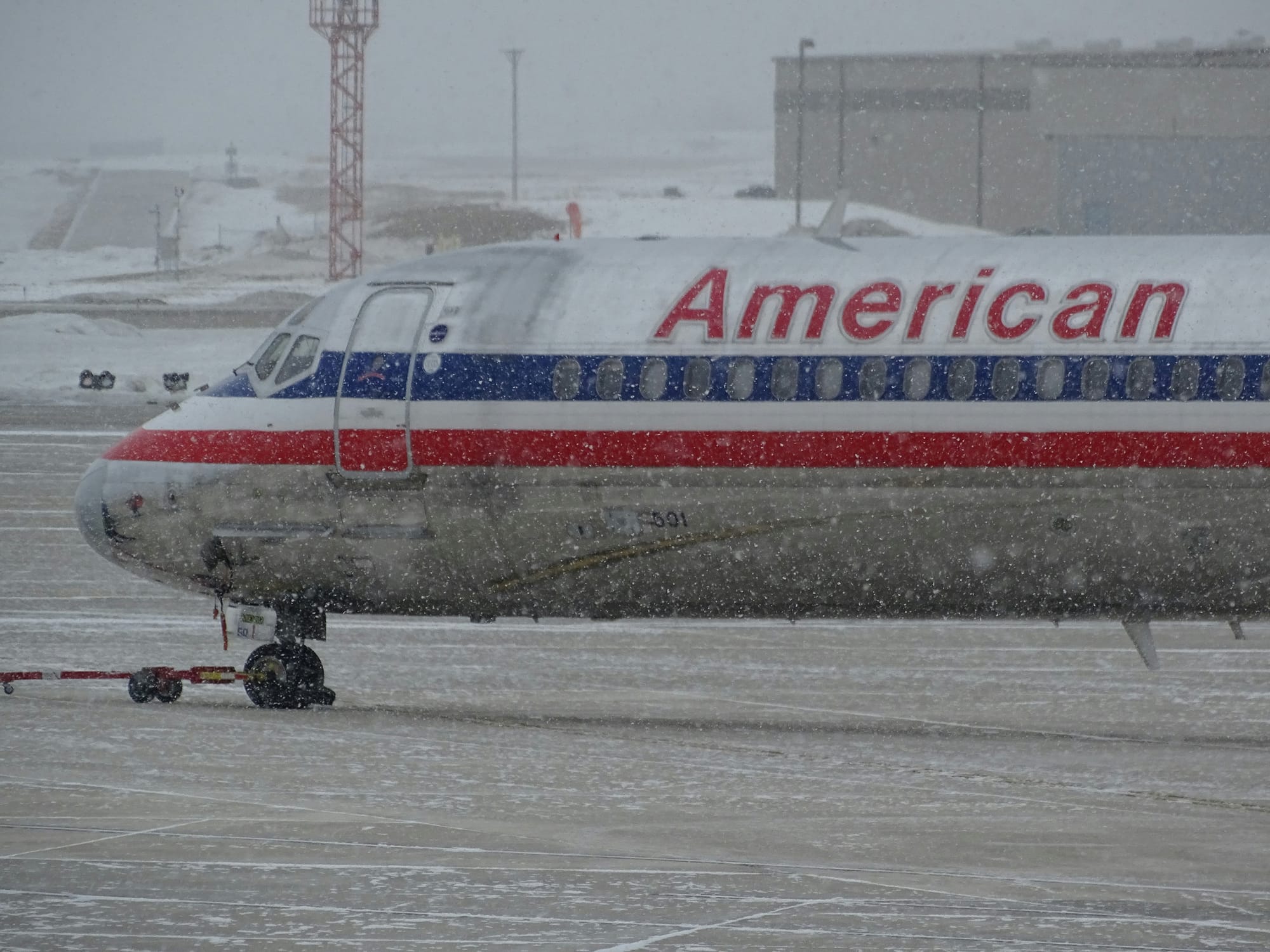
However, it's important to note that this rule isn't absolute. If safety, security, or air traffic control issues prevent deplaning, the time limits can be extended. Additionally, the rule only applies to US carriers operating within the country, so foreign airlines are exempt (although some may choose to adhere to similar guidelines).
Moreover, the rule was recently updated to include provisions if major gridlock were to happen and an aircraft is unable to open the door before the time limit expires. As long as the crew is actively making their way back to the gate and have declared they are complying with the Tarmac Rule with ATC. They are protected if it takes just a bit longer than the time limit allotted.
Know Your Rights
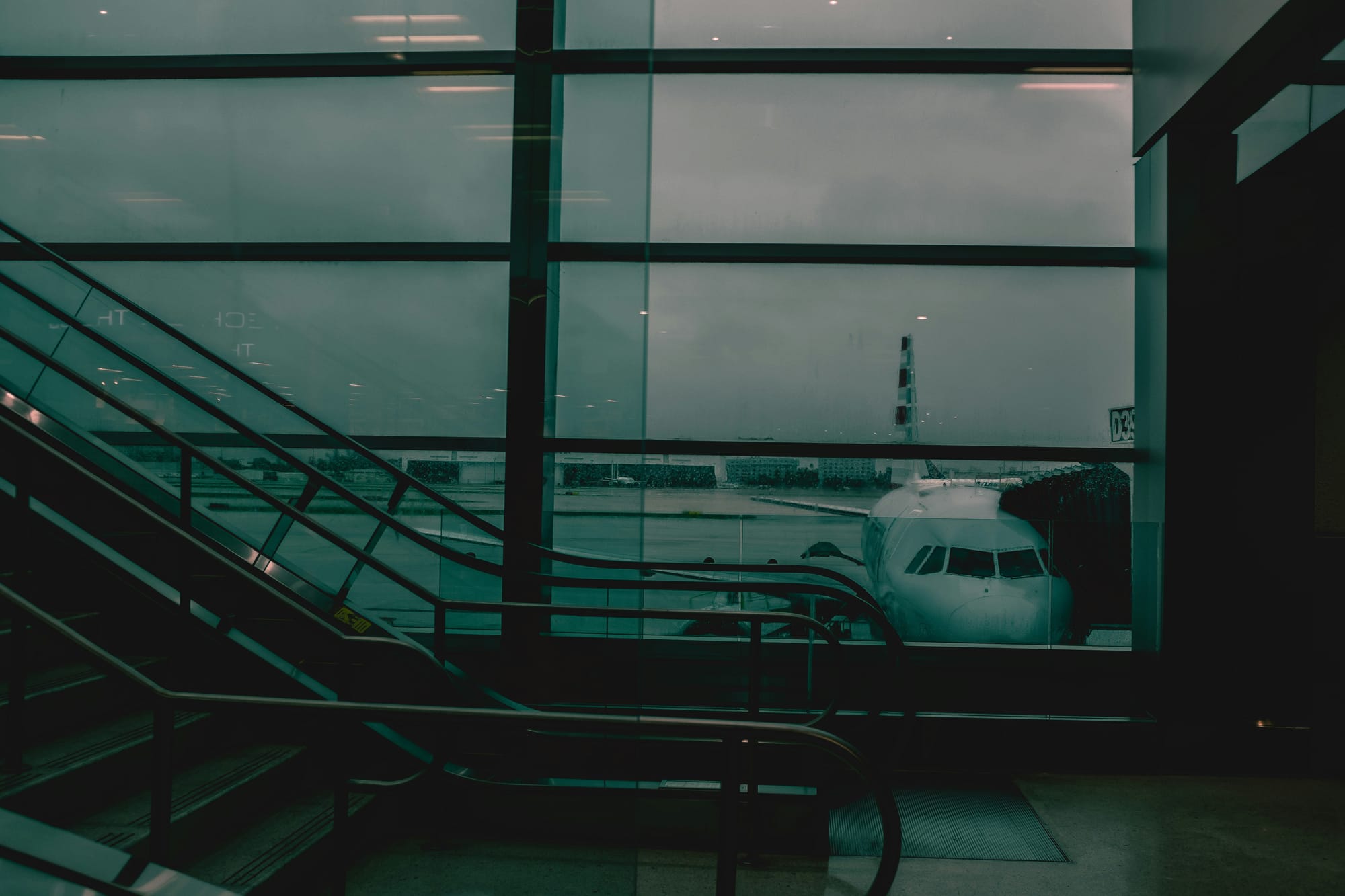
If you encounter a tarmac delay exceeding the designated timeframe, inform the crew immediately and consider filing a complaint with the Department of Transportation. Crews are required to inform the passengers of their intention to return to the gate for the Tarmac Rule. By understanding your rights and the regulations in place, you empower yourself to advocate for a smoother, more respectful journey and hold airlines accountable for adhering to passenger welfare standards. Remember, knowledge is your shield in navigating air travel hiccups.
Beyond the Rules
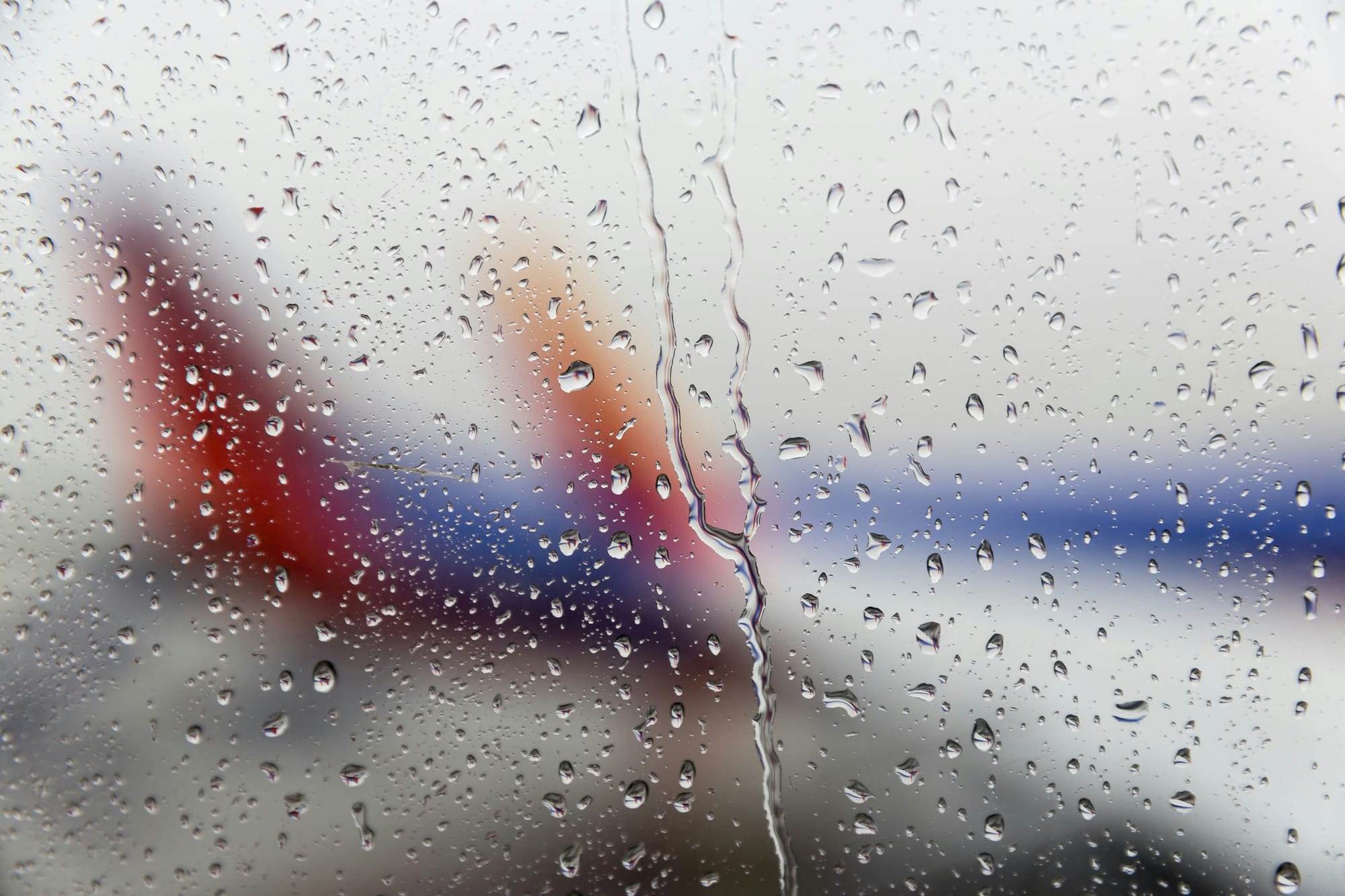
While the Three-Hour and Four-Hour Tarmac Rule has undoubtedly improved the overall air travel experience, it's just one piece of the puzzle. Ongoing efforts should focus on further enhancing passenger protections, including:
- Improving communication during delays: Passengers deserve timely and accurate information about the situation and anticipated resolution.
- Expanding access to basic amenities: Access to restrooms, medical assistance, and even basic entertainment options can significantly improve comfort during delays.
- Streamlining deplaning procedures: Efficient deplaning processes can minimize further discomfort and frustration, especially during extended delays.
By advocating for these improvements and understanding your rights under existing regulations, airlines could contribute to a more positive and dignified air travel experience for everyone.





